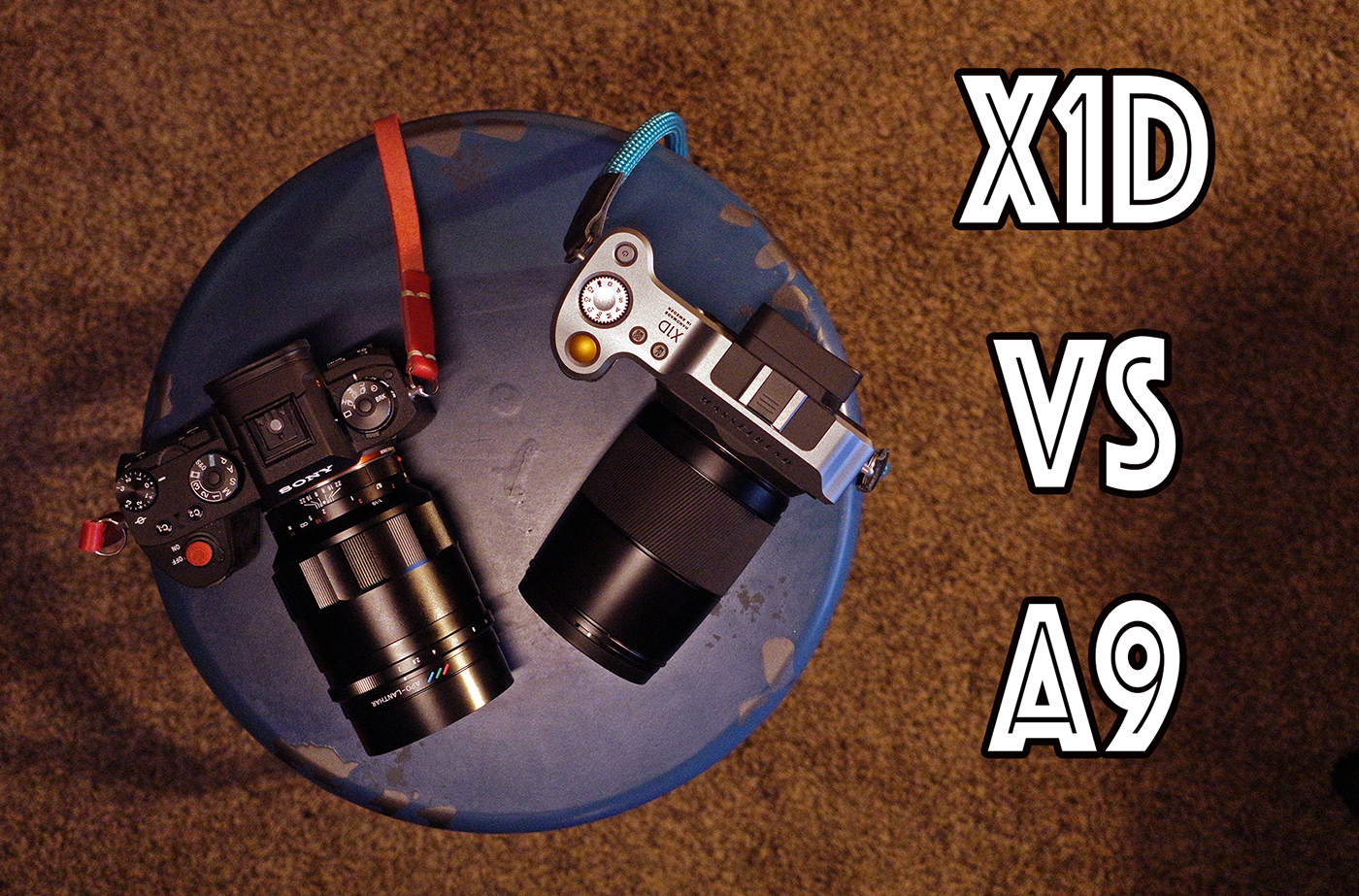
Crazy Comparison! Sony A9 vs Hasselblad X1D…Whaaaaat?!?!
By Steve Huff
I was looking in my camera cabinet this morning and was starting down a Hasselblad X1D with a 90mm f/3.2 and a Sony A9 with a 65mm f/2 Voigtlander APO attached. Upon that glance, I immediately noticed that both appeared to be the same size. The A9 with 65 and the X1D with the 90mm (which is very close to the 65mm field of view of the Voigtlander and a9). Same size, yet the Sony combo is a bit heavier, but even so, that 65mm APO Lens is pretty damn good. Very good. In fact, one of the best Voigtlader lenses ever made for IQ.
I said, what if that A9 can match the Hasselblad for sharpness and Bokeh? I have both setups, I own both setups and while the X1D is a different animal with its 50MP medium format Sony sensor, the A9 is no slouch, at all, especially with this 65mm APO lens.
I took a drive out to the park and took one shot and then a second shot elsewhere. Those shots are below, and if you click them you will see the larger images and full 100% crops. Was do I see? Well, I see more resolution in the X1D of course, but the A9 did not do so bad. DOF seems to match the X1D with the Sony at f/2 and the X1D at f/3.2. If this test shows anything, it shows how good this Voigtlander 65mm f/2 lens really is. You can see this lens HERE. It is sold by Cameraquest and it’s wonderful. I reviewed it HERE.
Again, Medium Format is much more than what I am showing here. The X1D has amazing dynamic range, that does beat the A9. It has resolution that does beat the A9. It has a cost, that beats the A9 as well ; ) It is also only a tad bit taller than the A9 with the 65mm. Pretty impressive for a medium format sensor. But at the end of the day, the A9 and 65mm combo is pretty nice. It’s why I love and enjoy both of these cameras.
I am testing the Hasselblad X1D with 90mm f/3.2 this weekend, and will have a review of it next week. I was able to get one from lensrentals.com .. stay tuned.
ONE MORE…

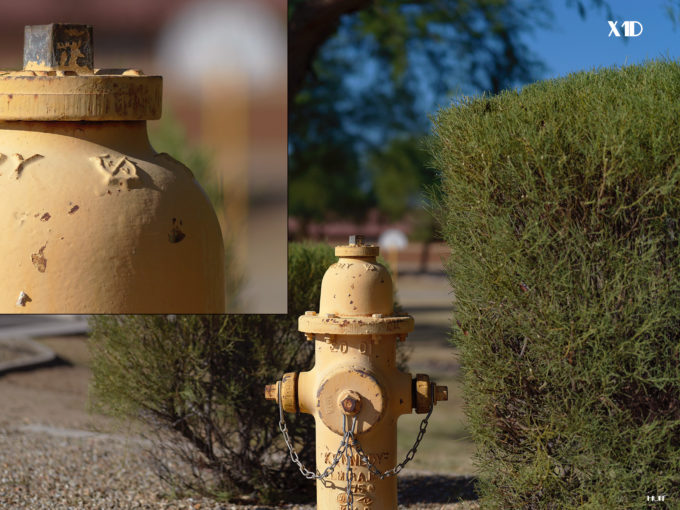
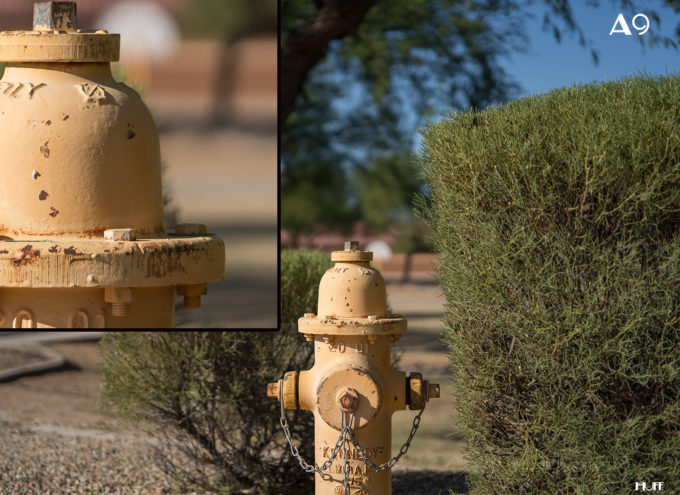
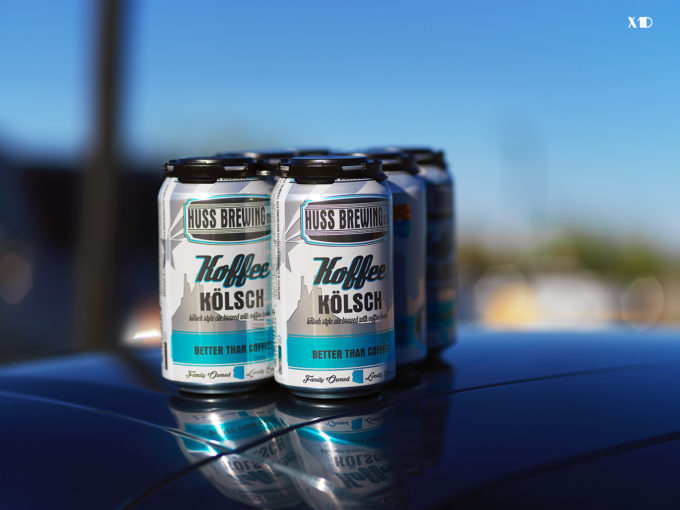
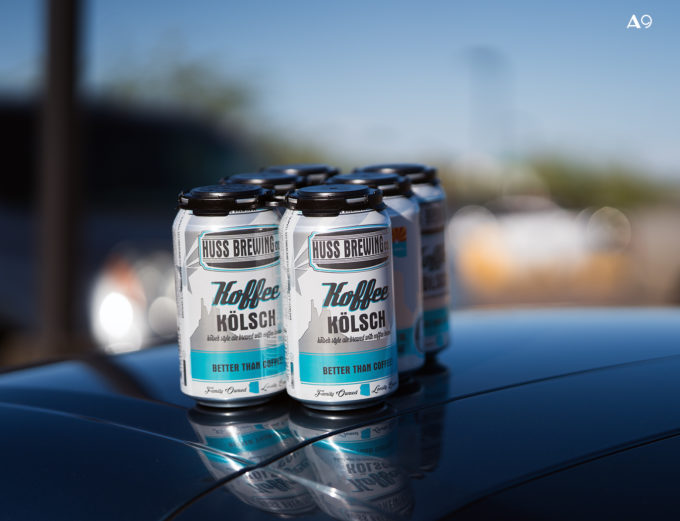

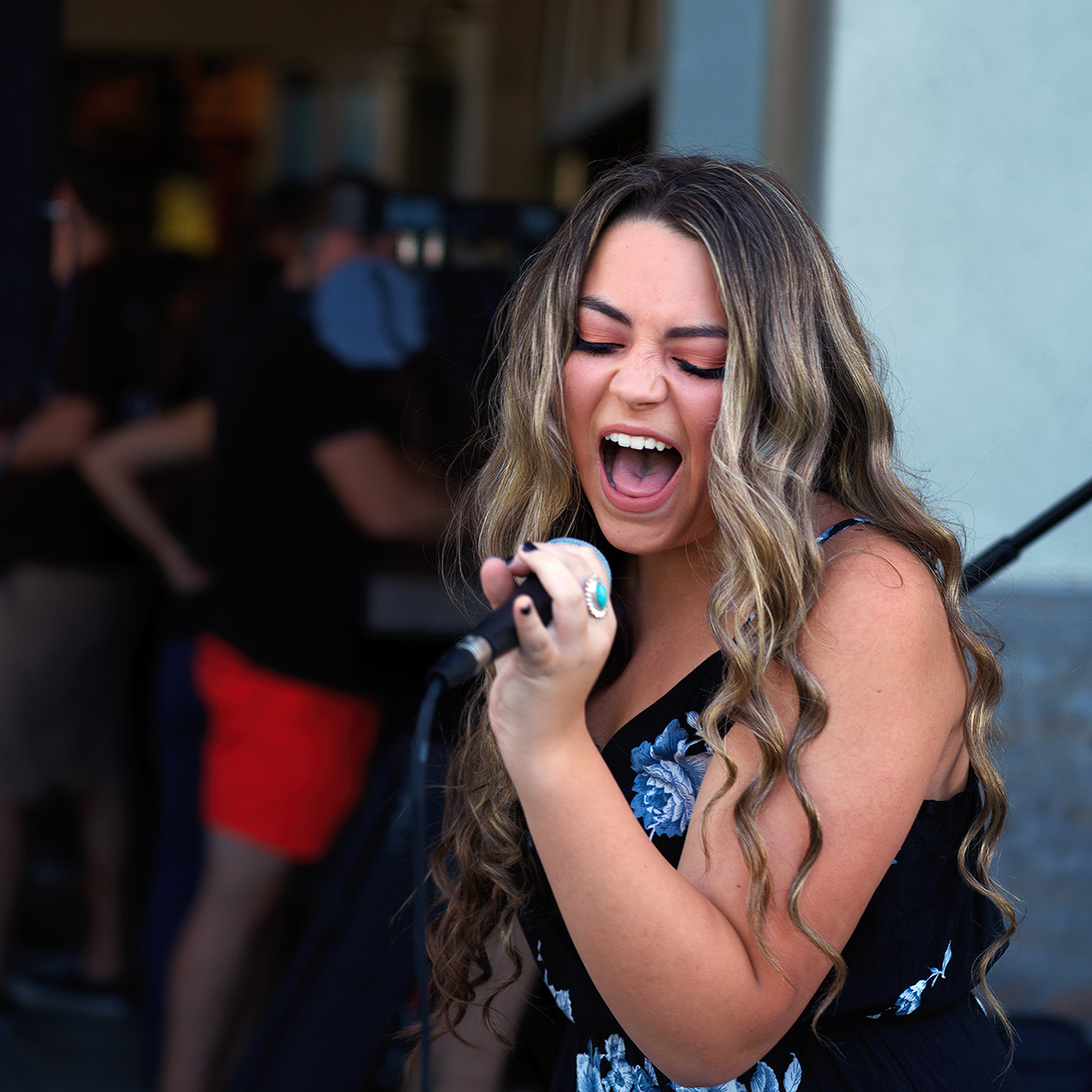
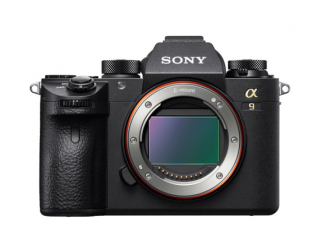

Hi everybody! Lately I have been fighting with a lot of challenges. Friends and doctors keep telling me I should consider taking meds, so I may as well site and see how it goes. Problem is, I haven’t taken it for a while, and don’t wanna get back to it, we’ll see how it goes.
I find it amusing how FF shooters want to believe that their FF sensors are toe to toe to the MF one in the X1D. This resembles the endless discussions of the Fuji X-trans crowd who insists that there is no noticeable difference between Fuji’s aps-c sensors to FF. I had all versions of the A7 and still use the A7rII. The best FF sensor imho, but it can not touch the files from the X1D. The HB’s files DR & tonal depth are in a different league and high iso is somewhat better as well.
Hi Steve,
I have already made a comparison between my A7r II and an Phase One with the Back including the same / similar Sensor then your X1d but the difference was for me to negligible and not worth the price difference. Ok, the price from the Phase One was much higher then now the X1d or the Fuji but only checking the IQ it shows advantages for the Medium Format.
Now I do have also a A9 to complement my A7r II and I´m only using the A9 now (coming from Canon Fullframe 5d and 1d). I do miss a little bit the better dynamic range of the A7r II but the A9 still would beat my former Canons.
But what you could not photograph, or only with luck are e.g. Kids. I think its nearly impossible to take sharp pictures as I done this weekend:
https://www.dropbox.com/sh/7jz5yf7z9zu2tcw/AADQxREcUqXh-Dt_L73A3DnIa?dl=0
But if your only concern is IQ the X1d is the better camera for you. But what would be more of a difference is the 100MP Sony Sensor in MF Backs. But there is no “small” camera existing like the X1d.
Just my 2 cents.
Bernhard
Regards from Bavaria
The least of my concern is the IQ really ; ) As I have stated here in the comments. While the IQ beats any camera I have used in a handheld form, it’s so so much more than that for me, with any camera I choose to own or use or love. Has to have more than IQ, and again, the X1D has much more than any Sony or Olympus when it comes to feel, simplicity, build, joy of use, etc. It works for my needs better than anything I have used, and by a large margin. So for me, the X1D is well worth it. I love my A9, and it is going nowhere but neither is the X1D ; )
Hi Steve,
Great comparison and interesting one, there’s no doubt the HB has a superior rendering of images, but my only concern with the X1D is the hexagonal and geometric bokeh always appearing in most of the photos captured, it’s also being discussed online a lot vs the Fuji’s more round bokeh or any other 35mm FF camera.
What’s your experience after having it for some time, does it bother? I’ve read your 4 parts of review, great stuff!
Thank you,
I see NO hexagonal bokeh in any of my images with the 45mm lens. Even if I did, it would not bother me as those types of things never bother me. When I look at a great photo, I do not stare at it for the shape of the bokeh highlights, I look at it for what it is, a great photo…the subject makes the photo, not the shape of the bokeh highlights. Besides who says it has to be round? Who says it has to be any shape? Just makes it more unique but at the end of the day, I see no hexagonal bokeh highlights with my images and the 45. With the 90, yes, it is there but again, doesn’t bother me personally in the slightest way, shape or form just as the Canon “Dream Lens” bokeh, to me, is gorgeous. I can find the beauty in being different and always do. But I see so many who nerd out on things in photography that have nothing to do with real photography. It’s like we have two groups..those who love photography and the craft, and those who geek out on things such as 100% crops, the way the Bokeh renders, or how much noise one can see at 100%. None of that matters when it comes to making a great photo, if it did, we would not have had any great photos until 2015. What came before all of this digital mayhem was film, with basic lenses, basic bokeh and lots of grain, yet there are photos taken with this kind of gear that blow away many photos taken with todays gear. I say…chill, enjoy what you have, use it, have fun, and enjoy life and your hobby, profession or passion ; )
Readily visible to the right of the cans in http://www.stevehuffphoto.com/wp-content/uploads/2017/09/X1DBEER.jpg but as you say, just a different bokeh characteristic, no better or worse.
One word. Yikes!
What if the A9 had the same design and grip as the X1D? Would that make it harder to choose which you prefer between the two?
I see people commenting on how better the Hassy’s photos are in comparison to Sony A9’s. But I am asking, is such statement true. The main difference I see between the files from the two cameras is the contrast. The Hassy shots have stronger contrast, which definitely makes its photos look richer in tone, while the Sony A9’s photos show less contrast, making its file more mundane in comparison. But again, this difference is not due to the difference in their hardware, but rather the difference in how the software of the two cameras are processing their files, which can also be done via post-processing.
Or you could simply tweak the on board contrast of the A9 or A7RII. Steve does indicate in his post that all settings are default. I’m guessing the Hassy’s contrast was jacked and the Sony was at default 😉
These are from RAW, so no settings are in place here. Again, this is showing how good this lens is, more so than the A9. This lens is a 65 APO and the best Voigtlander has ever made according to them, and I believe it. It’s a remarkable lens. Second, the X1D offers much more than the A9 in MANY ways, I would never sell or return it by saying “The Sony and 65 Can get Close in IQ” because the reality is the X1D has much more DR, More Resolution, Much better build and feel, and is special as it inspires you to go out and use it. ; ) There is much more than meets the eye and while I can still return the X1D for a full refund if I chose to, I am thrilled with the A9 and X1D combo as they compliment each other but do not be fooled, the X1D is superior in all IQ ways over the Sony, especially when working with RAW files. But I own both as I feel they offer me the best of both worlds. Sony for video and speed and the X1D for the file quality and design, feel, usability, simplicity and inspiration ; )
Very interesting comparison and also comments. What several reviewers elsewhere have pointed out is also visible here: In the canned beer shot, for which the 90mm XCD lens was used, we see octagonal bokeh shapes even if used wide open. I wonder if this is also the case with the other XCD lenses.
Yes that octagonal bokeh is very unappealing to my eyes.
I in turn can also clearly say something, but not the same.
I honestly canot declare that I prefere the X1D over the A9 pictures presented here. I actually even prefere the A9s, slightly.
(I have 2 A7R2, and the Voightlander 65mm – and no digital medium-format system – but that’s not at all influencing my jugment here.)
Steve, how about X1D vs RXR ii? Just for fun .
I REALLY want to do a nice longer IQ comparison between these as they would be close I feel. BUT…again, the RX1 would never give me the experience, feel or inspiration that the X1D does, and the RX1 is harder to manual focus, and does not offer as good of AF as the X1D. BUT for IQ? They would be very close. I will be doing this soon as I am going to Whistler in a couple of weeks, and will rent an RX1 to try this. Thanks!
Awesome I will look forward to that comparison as the Zeiss 35/f2 Sonnar is a lens for the ages.
The primary difference is in exposure, with the Sony running lighter. Otherwise it is a case of “different but no better”.
Agreed. In fact, it is the kind of comparison that would have me looking for my Hassy receipt 😉 cuz 12 grand buys some fantastic lenses 🙂
The XiD lenses are great glass, at a relative bargain for medium format – less expensive that the Hassy H series, and far less than the Leica S series. I have shot the X1D alongside the Leica S 007 and found the IQ similar. I really like the handling if the camera and the compactness of the X lenses. The leaf shutters and mirrorless configuration make the X1D a lovely vibration free hand held camera – much easier to use than the Leica S. I am selling my Leica S system to raise funds for forthcoming X lenses (120mm & 23mm).
I agree. We have many choices in all formats, and to me, the X1D offers so much good vs the cons. I haven’t used an S since the very 1st one, but the X1D, for me, is much better due to all of the strengths it offers. Lovely system for sure.
Not me, because in reality the X1D slays the A9 in IQ and Dynamic Range, and color, and the way it renders in low light and the way it captures light. It also offers a much more pleasing experience and it motivates and inspires. It offers SO much, even in its simplicity. I love my A9 and X1D and feel blessed to be able to own both. Wouldn’t want to give up either. The X1D does things the A9 can not do, and vice versa.
Just a thought. When wanting to compare with the same frame formats, one tends to adapt the 2/3 ratio of the Sony to the 3/4 of the Hasselblad by diminishing the width, in this way even enlarging the difference in resolution. One could also change the 3/4 ratio of the Hasselblad into 2/3 by cutting of some of its height, which would bring them a bit closer to one another in resolution. But apparently this is not done, in this way not realizing that one unwittingly already expresses a kind of ranking. Why would a 3/4 ratio to be preferred above 2/3 anyway? I personally prefer my camera without any doubt to have a 2/3 ratio, like most photographers and manufacturers do. This choice is not made by chance BTW. If making better use of the lens would be an argument, then we need to go for square anyway. No, to me it’s purely the harmony of the image format that counts.
Finally, I would prefer a comparison with the A7Rii, in regard of its higher resolution and IQ and also for its “less automated” concept, IMO again bringing it closer to the X1D.
Dirk, I agree that there is a disadvantage in resolution for the cropped 2:3 camera. Yet, I believe that especially for web comparisons this is more than made up for by the fact that you are cropping the weakest part of the lens.
The thing with the format is that, when wanting to adjust the ratio, by cropping from 2/3 to 3/4 or vice versa, one needs to compose differently then in an uncropped frame. With the one that is going to be cropped, you need to pull back a bit, enlarging the distance to the subject, as such diminishing the detail. In this case, when you crop with the Sony, the resolution handicap will only get larger, which stands loose from the weak part of the lens. Let’s not forget that one will use the whole frame with both camera’s most of the time, which means that one will as a rule compose differently with those camera’s. Still, if we wanna compare, we need to crop one of the two. In this case it would have been better to bring them a bit closer to one another, rather than to enlarge the gap. But hey, no big deal. It’s a crazy comparison after all!
Great point Dirk. The A7RII with the right lens looks medium format. There is a good chance that that lens may have much more character to the rendering than that of the X1D lenses which to me looks very clinical and inelegant.
The lens plays a major role indeed. But when Steve writes: “If this test shows anything, it shows how good this Voigtlander 65mm f/2 lens really is”, then, in fact, it also shows how good the Sony body really is, because it needs to keep up with the lens quality. A chain is only as strong as its weakest shackle.
But let’s not forget that this is a “crazy” comparison. One mustn’t look too deep into it. My thoughts were mend to underline just that, although one might suspect the opposite, I understand. Steve doesn’t compare with the A7Rii, because he doesn’t own it anymore, I guess.
What this comparison says to me is that I did well, choosing for the Sony system. In future generations the sensor will further improve, no doubt. The gap with this X1D will further diminish. Of course the Hassy will also further evolve, but I guess at a lower pace. Anyway, the IQ of both is at such an incredible level, that in fact there’s only wealth for any photographer, instead of shortcomings.
Another advantage of the Sony, to me, is that I can also use it with really small lenses, like M-mount, which renders an ultra compact system. Thinking of the Hassy body+lenses, I just don’t want to carry such a system around anymore. That’s why I don’t buy those hefty lenses. I have one Otus, which I virtually never use outdoors anymore because of it’s size (and because of the Loxia quality).
Nothing wrong with a preference for the 3:2 ratio. On the other hand many prefer the 4:3 ratio, so why don’t we just crop the A9 to that ratio and make the comparison that way?….
There’s nothing special about the 3:2 ratio. It’s a historical anomaly from the use of 35mm movie film in a stills camera development. Film became digital and the ratio was retained. The same film to digital thing has kept the *medium format sensors at 4:3 to ease the transition of film MF shooters to digital. The 4:3 ratio and those close to it (6:45, 4:5 and 8:10) have been far more wide spread historically. It’s also the ratio chosen by Olympus and Panasonic. Neither is the *correct* ratio. Both have been around for many decades.
The A9 and X1D are opposites in almost any way. Steve’s crazy comparisons are fun but in the real world you’re not going to be standing in a shop deciding between and X1D and A9, unless you shoot large print landscapes and pro football…
Gordon
I disagree with you on a few points, Gordon.
I explained that it’s better for comparison to get them closer to one another rather than to enlarge the gap, which means cropping the X1D file.
When they got to use 35mm movie film for stills, there were other ratio’s possible than 2/3. So it definitely was a choice.
I own a Zeiss Ikon camera with 60x90mm film, again a 2/3 ration, this time on MF film (which wasn’t called medium in those days – BTW, what we now call “Full Frame” was called “Small” back then).
To me the 2/3 ratio is indeed special, in the sense that there’s a more basic mathematical relationship between width and height, offering better possibilities to subdivide the frame within the composition. And, being wider, it corresponds more with our natural field of view than 3/4. It doesn’t always have to be 2/3 of course. I also love to use square format, being the most basic of them all, and even 3/4 (that one can also see as a double page of standing 2/3). But I’ll use 2/3 the most, for composition reasons.
Thanks for doing this comparison. I have the so with 50mm Zeiss 1.4
Great combo
Not a lot between the results, for me; in fact, I find the angular diaphragm of the X1D more distracting. I think the real story is in the heading pic – the X1D looks to be a work of art, in itself, whereas the A9 is just another camera. If the X1D inspires you to go out and seek better pics, then it has done its job 🙂
This is the system we shoot as well. The x1d next to our a9 and rx1rii. What a combo! Speed and ultimate quality. And for those of yo7 that look at this and think “oh wow it’s quite close”…think again. Every single time we open a x1d file in photoshop the quality, the ‘largeness’ of medium format, just blows us away. It truly is a groundbreaking camera. And wee testesy the Fuji gfx as well, not even close imho. Not in build quality, shooting experience or image quality. I’m fact we were really hard pressed to tell the difference between the Fuji and our a7rii. With the hassy it’s clear as day.
Enjoy Steve!
Thanks Otto, I saw these last night,
http://www.jasonlanier.com/blog/2017/6/12/the-shoot-between-jason-lanier-and-ken-wheeler-the-angry-photographer-using-the-sony-a9-and-the-fuji-gfx
someone shooting the Fuji GFX against Jason Lanier shooting the Sony A9… Those Fuji files look horrendous, and the guy who shot those Fuji files is the guy who said the X1D is a buggy POS. Oh my.
I agree on the X1D files. Here they make look similar but for me what makes the X1D superior to any camera I have shot is in the build, feel ergonomics, low light ability, dynamic range abilities, cropping power, color and the way it renders in certain situations. It’s special for sure, though in these examples it would be tough to see that. I love the A9 and X1D both. ; )
Bokeh on the X1D does look nicer – but I guess the large sensor is equivalent to a wider aperture (on A9). It looks like about a stop difference judging by the background blur in the pics.
A comparison with A7rii would be interesting, and potentially not a “crazy” one at all. Perhaps a test you don’t want to try just yet – in case the A7rii takes the shine of that lovely new X1D of yours 🙂
The Hasselblad is f/3.2 and the Sony f/2 so they are about equivalent with the Hasselblad giving the DOF of an F/2.5 lens, so the Sony should have a more shallow DOF here. The Sony is a 65, the Hasselblad equivalent is around a 71mm so that cold make up for it. To me they are about even here in DOF. Also, the A7RIi would still not be preferred over the X1D for me. I shot the A7RII for years, was my most used camera and I did a video on just that a couple of months ago with images I shot with it overt that time. With that, the X1D is the best and finest camera I have ever worked with, period. No contest. The build, the ergonomics, the simplicity, the low light abilities (beat the Sony’s) and the file quality and dynamic range are untouched by any 35mm format camera. While they may look close here, the reality is, the X1D is far ahead in all IQ areas as well as color, which would be much more noticeable with scenes of color. A7RII is amazing, but can not beat the X1D in any way besides cost. I love my A9 and X1D combo though, both amazing cameras.
Maybe “far ahead” in RawDigger or DxOMark but not in “Real World” where the IQ is actually very close, especially at web page viewing sizes 😉
I really have no doubt at all about the superior IQ of the X1D, Steve. But so many times, with so many writers, I read something like “believe me, the Hasselblad is soo much better – if you could only see the files here on my computer”.
To me the real questions are: ‘Where are those files used for? When will the better X1D quality start to show? Will I ever use my pictures in that way? When performing decent post production, will the spectator (!) see much difference?” The viewer will always first be impressed by the picture (the story, the composition…). Both camera’s are perfect to deliver in that regard, IMO. A few years ago, we still had quite some things to wish for. Today we got more than we ever dreamed of. Don’t you think?
Well, they are better. I have written why and shown why in over 15,000 words and many photos. Example. My Leica M10, My SL, my A9..NONE of them worked nearly as well for me, for what I enjoy shooting. Low light clubs at ISO 25,600…the X1D delivered photos with almost no noise, and what noise was there, was gorgeous and filmic. The X1D has gobs of dynamic range, more than any camera I have ever tested or used. The X1D is the best built, best feeling camera I have ever used or tested, it inspires just as much as my Leica M9 did, and it gets me out to shoot it. I am not telling ANYONE to buy one, never have. My review clearly states a list of cons that most would not enjoy. But for me, it delivers in many ways that my other 35mm full Frame cameras can not, and I have tried and tested them all. You also can not just deny physics. The sensor is more than 60% larger than 35mm full frame, and has way more resolution. For landscape, amazing. Cropping? Amazing capabilities here that surpass the A7RII easily. Even in my low light high ISO shoots, I can print large 100% crops, as I have shown in my recent post and video. The X1D is a special camera, period. But it will not work for all, or everyone. For me, its the best camera I have ever used or tested. Period. For IQ, for build, for feel, for control and simplicity. There is so much more to a camera than output. Sadly, many never really or even think of this as they just want to geek out on specs and testing that has nothing at all to do with taking real photos. I love the X1D to death, and it’s not your typical MF camera. Nothing like it exists as of this writing, not even the Fuji.
Some people like pickup trucks, some people like sports cars and others like electric cars. Infatuation with camera types and styles is subjective and not dissimilar to that of tastes in certain types of automobiles. The Hasselblad X1D is very much a boutique camera and as such, not everyone’s cup of tea, especially at twelve thousand dollars. An absurd amount to pay for a camera unless you’re a pro or burning piles of money just for fun because you can IMHO ;). Your right Dirk we do have WAY MORE than we ever dreamed of and all for under than four grand. I do not begrudge Steve because he is living his dream of owning the camera that he has always wanted, a Hasselblad. Bravo Steve! Mazel tov! I think the rest of us will benefit from the X1D because that sensor (or a variation of it) will soon be available in a more affordable Sony camera 😉
Im no pro, nor do I have thousands of dollars to burn. With that said, I have no regrets and even when a Sony is released, it will look like a larger A9. I will still have no regrets. This is a camera, a simple one. It is an artists tool. It feels like it was sculpted perfectly for my hand, and I have never held a camera like it. What I paid for my camera and lens is 1/4 the cost of what most spend on a car, or possibly the same as some out there pay for a watch, or a boat, or a stereo system, or video equipment. There is nothing under a grand that delivers what this camera delivers and while we have choice, anyone who claims that to be true is fooling themselves. Seriously. A camera is so so so much more than what comes out of it.
I couldn’t agree with you more, Steve. For me the X1D is greater than sliced bread, for all the reasons you give above.
Jim Fowler
Yes, Steve, I’m with you on every point. I’m sure I would experience everything exactly like you. That is, I would be thrilled, using the X1D, just like you are. But for many of us, for me for sure, there is the important question if we want to leave the Sony E-mount full frame system now, knowing that it will further improve, and begin all over. The Sony FF sensor will keep on getting better, without any doubt. One day, not too far away, I guess, this FF sensor will offer the same IQ of today’s X1D, although, by then, this will also have evolved further. Medium format IQ will always be ahead of FF, of course, physics can’t be denied. And yes, the X1D’s tactile experience is at a higher level. But, like I never bought a Leica M (that also always has enthusiast me for its tactility), I simply can’t justify the money in good conscience. And in case of the Hassy, the bigger lenses will always make it impossible to use it as a system as compact as the Sony with M-mounts, not even as the Sony with Loxia’s. My personal conclusion: to me, Sony full frame has the ideal compromise between IQ, versatility, budget, tactility. It doesn’t score the best for all these aspects, but it has the best compromise. To me. Of course.
Make one between APO 50 on Leica M10 or 240 and Hasselblad with equivalent lens.
Send me a 50 APO and M10 and I will do just that for you ; )
so….. you’re comparing the current Hassy with what Sony MIGHT develop in the future? I don’t think that’s quite a fair review ;-).
Full disclosure: Leica Q user, X1D ordered, Cambu CA-XCD adapter for the Canon tilt shift 24mm in the pipeline.
the hasselblad is obviously better, which is expected. to be noted, the different bokeh.
Hi, Steve, many of the current cameras – the Hassy X1D, Leica SL, Leica M, and Sony A7Rii, do not have AA filters. How about the Sony A9? The A9 in your examples seems to hold up fairly well in comparison to the X1D, if not quite as high in resolution. But I am wondering if the A9, like the A7 and A7ii, has an AA filter. Your thoughts?
Thanks, and thank you for your output of great information!
James Fowler
I believe the Sony A9 does have an AA filter. Remember, I am using an amazing lens on the Sony A9. This 65 APO from Voigtlander is an extraordinary lens, and the lens is what delivers what we see to the sensor. If I plopped on a standard Sony lens here it would change the entire dynamic. Shows how good the Voigtlander is.
I agree with your assessment, Steve. The X1D shots are clearly better in every regard. The X1D shots are richer and more three dimensional. However, they do not blow the A9 out of the water. Considering the price difference between the two cameras, that represents an impressive performance by the A9.
The 65mm Voigtlander is an intriguing lens. I would be curious to see how it performs on an A7RII in a Crazy Comparison with the X1D.